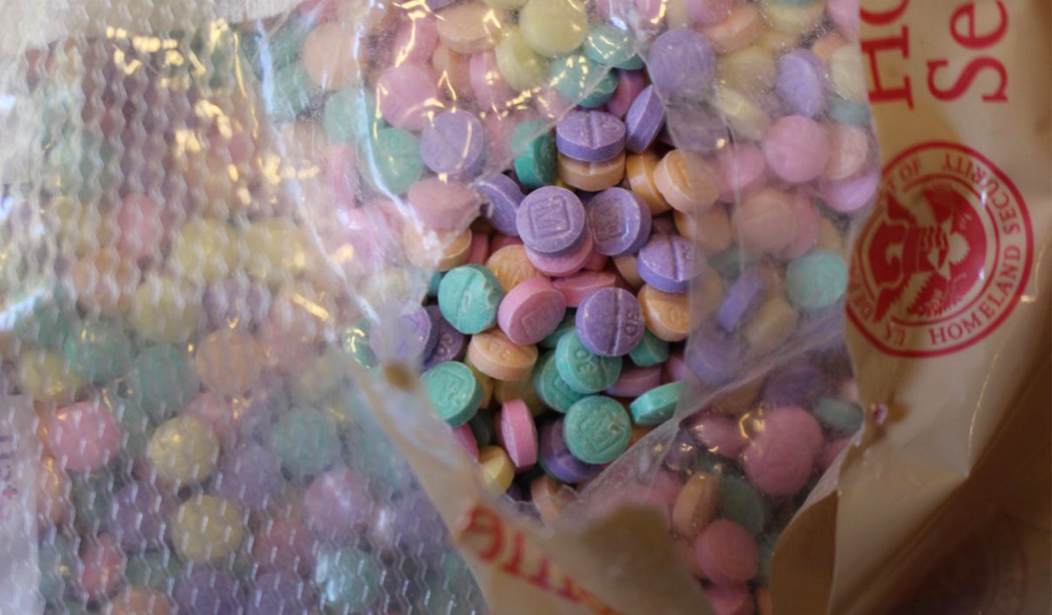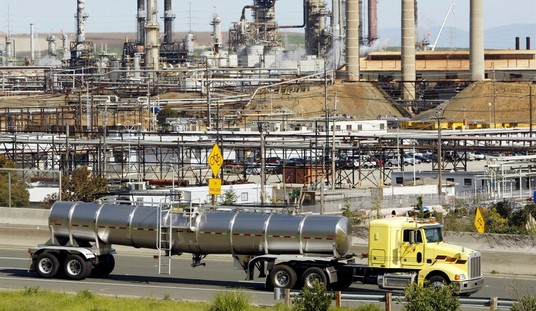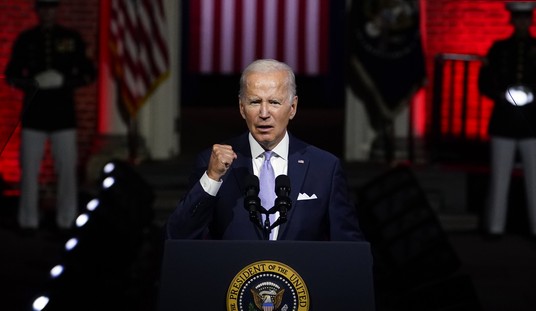In 2023, we are just now entering the deadliest phase of the opioid crisis. Driven by a powerful synthetic opioid known as fentanyl, this is not just another chapter in the pharmaceutical and over-prescription scandal.
During the last three years, prescription opioids were dispensed at the lowest levels in nearly 15 years, while overdose deaths have skyrocketed to record levels. In 2021, the United States hit a grim new milestone of 107,000 drug overdose deaths, with fentanyl accounting for nearly 70% of those deaths. Like so many other states, Minnesota, where I served as sheriff of its largest county, was not immune from this trend. Over that same period, the Gopher State reported a 44% increase in opioid-related overdose deaths year over year, spiking to an all-time high of 978 deaths.
According to the Drug Enforcement Agency (DEA), pure synthetic fentanyl can be legally prescribed for pain relief. But it must be used carefully as it is 100 times more potent than morphine, and even the smallest trace amount can be lethal. The real culprit for the shocking increase in overdose deaths, however, is the illicit synthetic fentanyl being trafficked across our borders, peddled on urban street corners, traded in suburban malls, or posted in unmarked packages sent from across the globe and delivered to our doorsteps. In fact, for the first time in 2021, more fentanyl was seized at the border than heroin, and in 2022, the DEA seized 379 million doses of illicit synthetic fentanyl in pill and powder form.
Compounding the fentanyl crisis of today is the fact that it has become exponentially more powerful and dangerous when cut with other substances. For example, xylazine, an animal tranquilizer known as “TRANQ,” is now often used to cut illicit street opioids. TRANQ is not regulated or controlled as a drug by the federal government, and is resistant to the effects of naloxone, the opioid overdose reversal drug.
Related: California Democrats Kill Legislation That Cracks Down on Fentanyl Dealers
This is a crisis of national proportion. No family, school, neighborhood, or faith community has been unaffected. Fortunately, a much-needed infusion of funds to combat the opioid crisis is arriving in the form of legal settlements reached with the manufacturers and distributors of opioids, notably including a recent $26 billion multi-state litigation settlement. These funds are hitting many states and localities nationwide, but states such as Washington and Oklahoma have pursued alternative legal strategies instead of joining into these settlements.
This is unfortunate because the country needs an immediate national and coordinated response. With access to settlement funds, we can transition from testing promising pilot programs to combat the opioid crisis in select counties to making permanent advancements in all 50 states. Communities of every size can afford to mount life-saving prevention campaigns, offer immediate access to arrest alternatives for individuals with substance use disorder, and provide post-overdose support to connect at-risk individuals with behavioral health services and support.
Minnesota, for example, created its “Opioid Epidemic Response Council” in 2019 to plan for the distribution of funds from its first wave of multistate settlements with pharmaceutical manufacturers and retail chains. As they become available, settlement funds will pay for more resources on the ground. This response surge has “jet-fueled” life-saving initiatives in counties across the state for treatment and recovery facilities and support, for education programs, and for community outreach and prevention teams.
With the second wave of settlements, Minnesota is poised to receive additional funds totaling more than $500 million over the next 18-20 years, with 75% going to counties and cities and 25% to the state. These funds can pay for more overdose-reversal naloxone kits and medications for opioid use disorder, including treatments for opioid-addicted inmates in our county jails. The funds can also be invested in partnerships between state and local law enforcement and federal agencies to disrupt and attack the supply chain and keep these illicit drugs from flooding into our neighborhoods.
I have always believed if something is predictable, then it is preventable. And in this case, we know that every delay means more loss of life and more tragedy. With all 50 states working together to invest immediately in harm reduction and prevention strategies, we stand a much better chance of attacking the real culprit, saving lives and getting ahead of the public health and public safety consequences of the growing illicit fentanyl crisis.









Join the conversation as a VIP Member